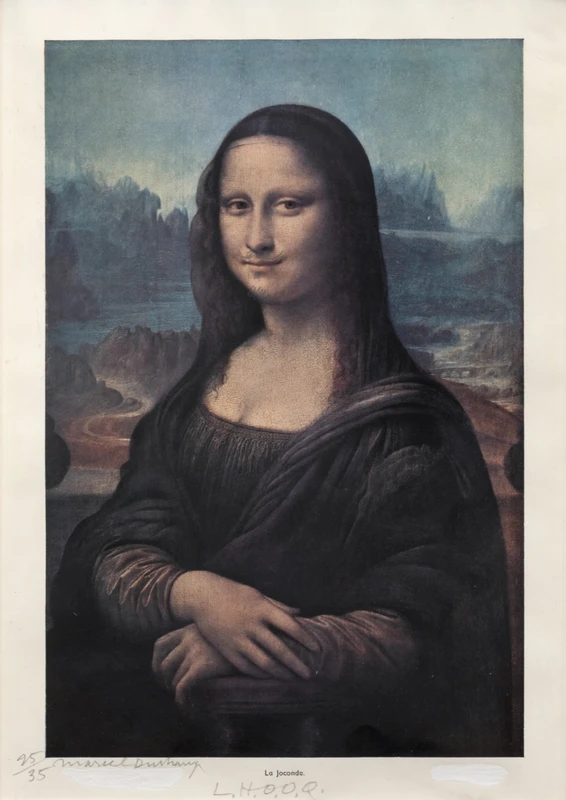Please Touch: Marcel Duchamp and the Fetish
13 Oct-13 Nov 2021


"Everything can be based on an erotic climate without too much trouble. I believe in eroticism a lot, because it’s truly a rather widespread thing throughout the world, a thing that everyone understands. It replaces, if you wish, what other literary schools called Symbolism, Romanticism […] It’s the basis of everything, and no one talks about it. Eroticism was a theme, even an ‘ism’, which was the basis of everything I was doing."
– Marcel Duchamp, 1967
The exhibition Please Touch: Marcel Duchamp and the Fetish, curated by Paul B. Franklin at Thaddaeus Ropac, London, is the first to explore the centrality of fetishism and the fetish in the artist’s practice. Although Duchamp himself acknowledged that eroticism was ‘Visible or conspicuous, or, at any rate, underlying […] the basis of everything I was doing’, the role of fetishism in his work has been largely overlooked by scholars and curators. In fact, fetishism served Duchamp as a potent guiding principle as he traced his singular path in twentieth-century art. This sensual, erotic dimension is indivisible from his radical questioning of the very nature of the artwork and the role of the artist, which prompted painter Willem de Kooning to call him a ‘one-man movement’ in 1951.
Please Touch highlights the extent to which Duchamp playfully and provocatively exploited the slippages between the work of art and the fetish, thwarting our habitual compulsion to circumscribe the limits of either. The varied objects featured in Please Touch incite and even cajole us to fathom art as a wellspring of pleasures and possibilities, where the visual is forever enmeshed with the sensual, the tactile, the libidinal. – Paul B. Franklin
As Duchamp adopted eroticism as his creative credo, he also drew upon certain premises associated with fetishism. The idea of the fetish – whether devotional items imbued with mystical powers or objects, materials and body parts invested with erotic potential – informed psychoanalytical theory in the early twentieth century. Rather than the psychosexual ‘perversion’ identified by Sigmund Freud and Alfred Binet, however, fetishism became a fundamental aspect of Duchamp’s efforts to reorient the relationship between artist, artwork and viewer.
The exhibition’s title is borrowed from one of Duchamp’s most fetishistic works, Prière de toucher (Please Touch) (1947), a foam-rubber breast enveloped in black velvet that the artist created for the cover of the exhibition catalogue Le Surréalisme en 1947. This title mischievously invites visitors to contravene conventional museum etiquette and to participate in an intimate dialogue with the works on view.
The exhibition is organised around five interrelated themes: the readymade as fetish object; the fetishization of miniature replicas and mechanical reproductions as originals; fetishism and gender play; fetish materials such as leather, vinyl, foam rubber and metallic paper; and, finally, Duchamp’s fetishistic multiplication of his artistic identity, most notably in his drag persona Rose (later Rrose) Sélavy.
Please Touch: Marcel Duchamp and the Fetish | PRESS RELEASE
Download